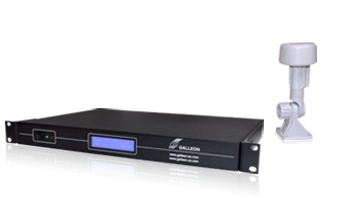How Long is a Day?
A day is something most of us take for granted, but the length of a day is not as simple as we may think.
A day, as most of us know, is the time it takes for the Earth to spin on its axis. Earth takes 24 hours to do one complete revolution, but other planets in our solar system have day lengths far different to ours.

The largest planet, Jupiter, for instance, takes less than ten hours to spin a revolution making a Jovian day less than half of that of Earth, while a day on Venus is longer than its year with a Venusian day 224 Earth days.
And if you think of those plucky astronauts on the international Space Station, hurtling around the Earth at over 17,000 mph, a day for them is just 90 minutes long.
Of course, few of us will ever experience a day in space or on another planet, but the 24-hour day we take for granted is not as steadfast as you may think.
Several influences govern the revolution of the Earth, such as the movement of tidal forces and the effect of the Moon’s gravity. Millions of years ago, the Moon was much closer to Earth as it is now, which caused much higher tides, as a consequence the length of Earth’s day was shorter—just 22.5 hours during the time of the dinosaurs. And ever since the earth has been slowing.
When atomic clocks were first developed in the 1950’s, it was noticed that the length of a day varied. With the introduction of atomic time, and then Coordinated Universal Time (UTC), it became apparent that the length of a day was gradually lengthening. While this change is very minute, chorologists decided that to ensure equilibrium of UTC and the actual time on Earth—noon signifying when the sun is at its highest above the meridian—additional seconds needed to be added, once or twice a year.
So far, 24 of these ‘Leap Seconds’ have been since 1972 when UTC first became the international timescale.
Most technologies dependent on UTC use NTP servers like Galleon’s NTS 6001, which receives accurate atomic clock time from GPS satellites. With an NTP time server, automatic leap second calculations are done by the hardware ensuring all devices are kept accurate and precise to UTC.